Visioning Flowing Waters, From Laos to Cambodia
Mouth to Source Brings Remote Locations Along the Mekong River to Life
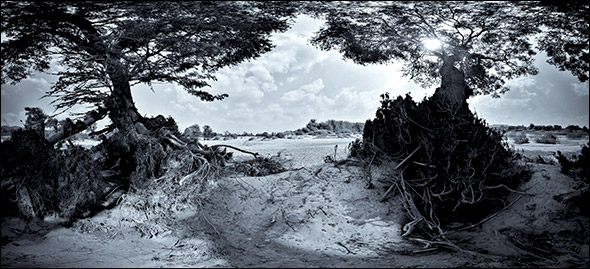 Stretching from the southern border of Laos to just north of the Cambodian city of Stoeng Treng, Ramsar Site #999, along the Mekong River, is a thriving wetland of braiding sandbars and open river forests.
Stretching from the southern border of Laos to just north of the Cambodian city of Stoeng Treng, Ramsar Site #999, along the Mekong River, is a thriving wetland of braiding sandbars and open river forests.by C.T. Pope
Photographs by Paul Stewart/Mouth to Source
Paul Stewart’s Web site, Mouth to Source — a mixed community blogging, photography, and mapping project — invites local photographers and writers to report on their home rivers and when possible travel up a river and produce dynamic, navigable, 360-degree images.
Though he’s lived in Phnom Penh since 2002, it was only a few years ago during a trip to Laos that British-born travel photographer Paul Stewart discovered the magnificent flooded forests of northern Cambodia.
The 35,000-acre wetland along the northern reaches of the Mekong have largely remained hidden from view, isolated by a fortunate mix of water and impassable rain forest that have made the region, formally known as the Middle Stretches of the Mekong River north of Stoeng Treng, or more simply as Ramsar Site #999, one of the hardest to reach places on earth.
Smitten by the beauty and the role that the wetland plays in the northern Mekong ecosystem and its human culture, the 46-year-old Stewart built a Web site to enable photographers to report on similarly striking river systems.
Officially made a protected site in 1999, the “Middle Stretches” are home to more than 100 species of fish, at least 50 of which are commercially important to local and downstream communities. In addition, the site also serves as a home to a critically endangered sub-population of Irrawaddy Dolphin and to various threatened and endangered bird species.
Quite naturally, Stewart’s Web site, features a brand new multi-media treatment of the Mekong River of Southeast Asia. But the site’s goal, Stewart says, is much larger.
“Mouth to Source is an attempt at trying to remap the way that we navigate around the world,” he says, “to have all the major rivers covered in a similar way, where you would travel down the river in a upstream and downstream manner.”
The Ramsar project, named for the 1971 global treaty to protect wetlands, documents the extraordinary ecosystem that Stewart found at the end of an upstream journey on the Mekong from his home in Cambodia’s capital.
The vast wetland is an expansive stretch of river, now threatened by two proposed dams, that relies on the natural flooding cycle of the Southeast Asian monsoons.
Still, the two dam projects — the Don Sahong, in Laos, and the Stung Treng, in Cambodia — could produce enormous damage to the wetland and to an important fishery. In addition, the lack of roads in the area makes the waterways vital for transport.
More than just a source for ecological and economical stability though, the wetland also is vital to the health of the Mekong River system as a whole. The floodplain is vital to downstream fisheries that are critical to Cambodia and Vietnam. Nutrients swept downstream each monsoon season also are crucial to maintaining downriver agricultural sites — such as the rice paddies of the lower Mekong.
But the series of dams proposed near the river may change the face of Ramsar Site #999 forever. According to a report produced by the POLIS Project — a Canadian academic research center focused on ecological governance — the planned Don Sahong Dam, which lies upstream from the site, could severely affect the health of the river.
The report, published by Dr. Ian G. Baird in late August, highlights the human cost that a dam could have if it decimates fish populations in the region.
According to Baird, “Fisheries losses in the Mekong region from the Don Sahong Dam could negatively impact the nutritional status of hundreds of thousands or even millions of people dependent on these fisheries,” adding that the problem was especially significant “in parts of Laos, Cambodia and Thailand where nutritional standards are already low.”
Still, the energy from the dam, some 240 MW to 360 MW — or about half of the energy produced by a small nuclear power plant — could prove to be a financial boon to the Laotian government, who plans to sell the electricity to nearby Thailand.
As of now though, the dam is still only in the planning stages. The non-profit environmental advocacy group, International Rivers, has officially come out against the dam. In addition, the World Wildlife Fund urged the Laotian government to thoroughly review the project before going forward.
With or without the Don Sahong Dam, the Mekong and its “Middle Stretches” will remain vital to the countries of the Mekong River Basin. Stewart’s images document the natural beauty of this untamed and watery wilderness.
“The idea,” he says, “is that we, as a community, become so attached to promotion, preservation and publishing of our riverine environment that by default we actually become guardians of the environment.”
Visit the website here. Flash required.
Read the latest news about the intergovernmental Mekong River Commission here.
C. T. Pope is a Circle of Blue writer and researcher. Reach him at circleofblue.org/contact
Circle of Blue’s east coast correspondent based in New York. He specializes on water conflict and the water-food-energy nexus. He previously worked as a political risk analyst covering equatorial Africa’s energy sector, and sustainable development in sub-Saharan Africa. Contact: Cody.Pope@circleofblue.org

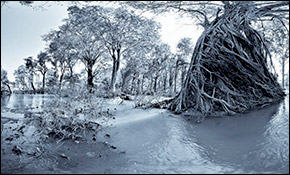
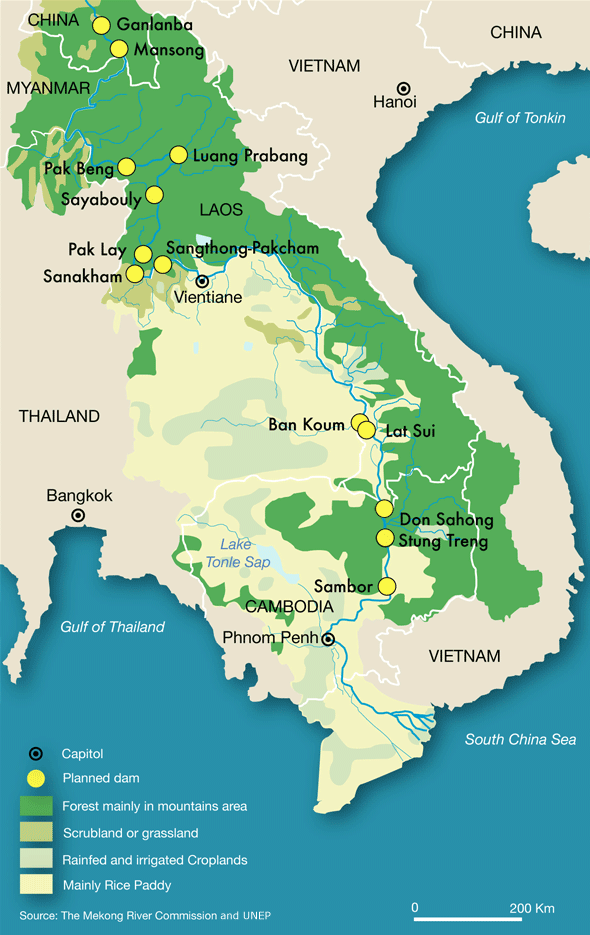
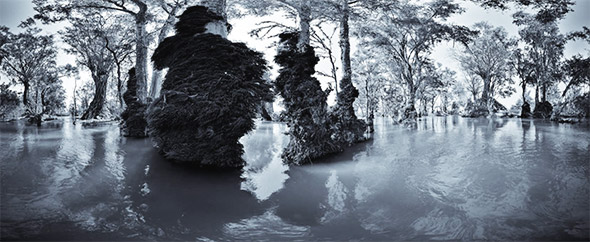
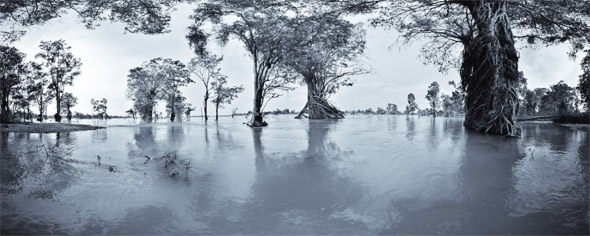
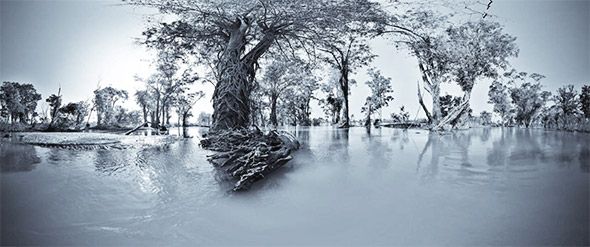

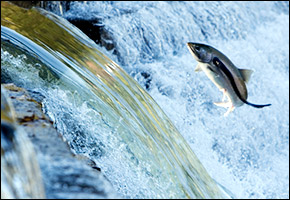
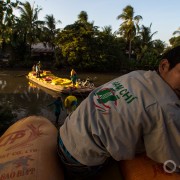
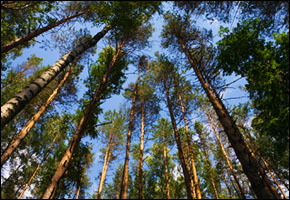
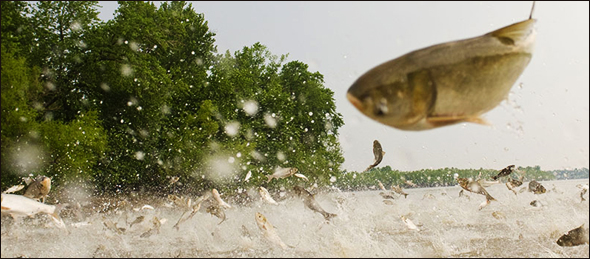


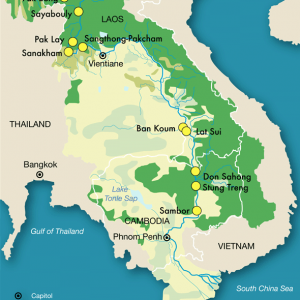
Leave a Reply
Want to join the discussion?Feel free to contribute!